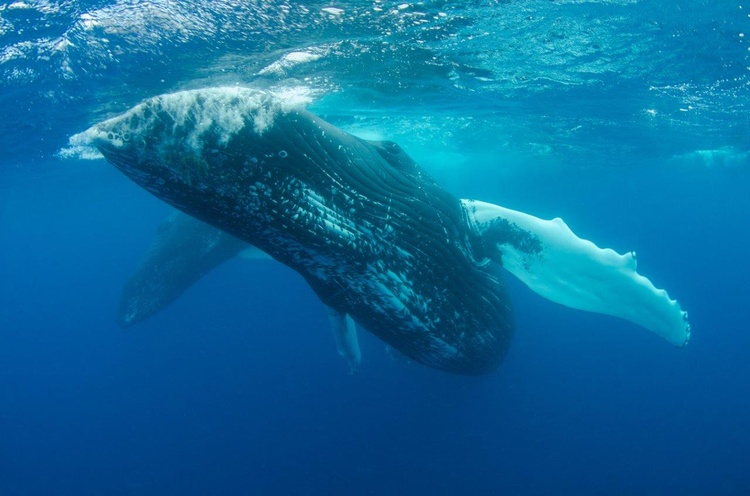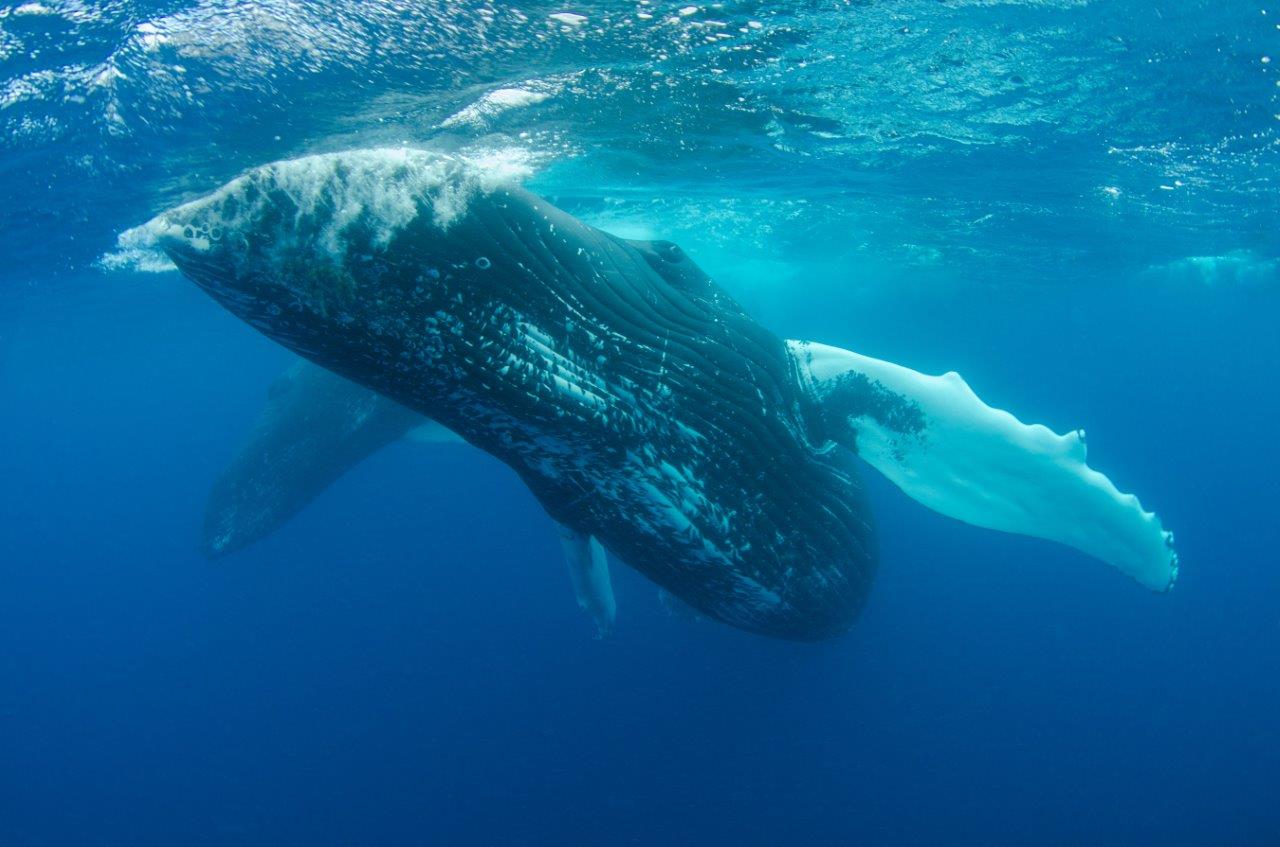Scientists on Wednesday described fossils of an early whale unearthed in Peru called Perucetus colossus that lived about 38-40 million years ago during the Eocene epoch – a creature built somewhat like a manatee that may have topped the mass of the blue whale, long considered the heftiest animal on record.
The researchers estimated that Perucetus (pronounced per-oo-SEE-tus) was about 20 metres long and weighed up to 340 tonnes, a mass that would exceed any other known animal, including today’s blue whale and the largest dinosaurs.
Its scientific name means “colossal Peruvian whale”.
Paleontologist Giovanni Bianucci of the University of Pisa in Italy, lead author of the research published in the journal Nature, said while the discovery is hugely significant, just how much the animal weighed is what has scientists quite stunned.
“The main feature of this animal is certainly the extreme weight, which suggests that evolution can generate organisms that have characteristics that go beyond our imagination,” Bianucci said.
The minimum mass estimate for Perucetus was 85 tonnes, with an average estimate of 180 tonnes.
The biggest-known blue whale weighed around 190 tonnes, though it was longer than Perucetus at 33.5 metres.
Argentinosaurus, a long-necked, four-legged herbivore that lived about 95 million years ago in Argentina and was ranked in a study published in May as the most-massive dinosaur, was estimated at about 76 tonnes.
The partial skeleton of Perucetus was excavated in a coastal desert of southern Peru – a region rich with whale fossils – with 13 vertebrae, four ribs and one hip bone.
The bones, unusually voluminous, were extremely dense and compact.
This characteristic, called ‘pachyosteosclerosis’, is absent in living cetaceans – the group including whales, dolphins and porpoises – but present in sirenians, another marine mammal group including manatees and dugongs.
Its skeletal mass alone was estimated at between 5 and 8 tonnes, at least twice that of the blue whale.
“Its fat, bloated body may have been more like that of a sirenian than of any living whale,” Bianucci said.
“Among sirenians, due to its giant size and probable similar lifestyle, it could recall Steller’s sea cow, discovered in 1741 and exterminated by humans a few years later.”
No cranial or tooth remains were found, making interpretation of its diet and lifestyle tougher.
The researchers suspect Perucetus lived like sirenians – not an active predator but an animal that fed near the bottom of shallow coastal waters.
Whales evolved a bit more than 50 million years ago from hoofed, land-dwelling mammals as big as a medium-sized dog. Perucetus still possessed vestigial back limbs.
AAP











